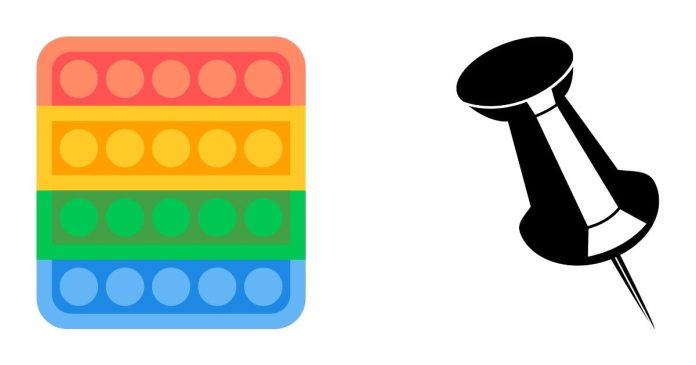When it comes to computer science and data structures, the stack is one of the simplest yet most important concepts to understand. Stacks are widely used in programming, problem-solving, and even everyday applications like undo operations in text editors or backtracking algorithms. At the heart of this data structure lie two fundamental operations: Push and Pop. Let’s explore what these terms mean and how they function in the context of stacks.
Understanding the Stack Data Structure
A stack is a collection of elements that follows the Last In, First Out (LIFO) principle. This means that the last element added to the stack is the first one to be removed. You can think of a stack as a physical stack of plates where you add new plates on top and take plates off the top as needed. The two main operations that allow interaction with a stack are Push and Pop.
What Is Push?
The Push operation is used to add an element to the top of the stack. Think of it as placing a new item on top of the pile. This operation usually involves the following steps:
- Check if the stack has enough space (if applicable).
- Place the new element on top of the stack.
- Update the stack’s pointer to reflect the new top element.
Here’s a simple representation of the Push operation:
Before Push:
Stack: [1, 2, 3]
Top: 3
Push 4:
Stack: [1, 2, 3, 4]
Top: 4
What Is Pop?
The Pop operation is used to remove the top element from the stack. It’s like taking the top plate off the pile. The Pop operation usually involves:
- Checking if the stack is not empty (to avoid underflow errors).
- Removing the top element.
- Updating the pointer to the new top element.
Here’s a simple representation of the Pop operation:
Before Pop:
Stack: [1, 2, 3, 4]
Top: 4
Pop:
Stack: [1, 2, 3]
Top: 3
Key Characteristics of Push and Pop
- LIFO Nature: Both operations work on the Last In, First Out principle.
- Efficiency: Push and Pop operations are typically very efficient, often running in O(1) time complexity.
- Stack Underflow and Overflow:
- Underflow occurs if you try to Pop an element from an empty stack.
- Overflow happens if you try to Push an element onto a stack that has reached its maximum capacity (in the case of fixed-size stacks).
Applications of Push and Pop
- Expression Evaluation: Stacks are used to evaluate expressions and convert infix to postfix notation.
- Function Calls: Programming languages use stacks to manage function calls and recursion.
- Undo Mechanisms: Text editors use stacks to track changes, allowing users to undo and redo actions.
- Backtracking: Algorithms like depth-first search (DFS) use stacks for exploring paths.
Push and Pop are the fundamental operations that make stacks so powerful and versatile. Whether you’re learning about stacks for the first time or exploring their applications in complex algorithms, understanding how these operations work is essential. With their simplicity and efficiency, stacks continue to be a cornerstone of computer science.
What are your thoughts on stacks? Have you used Push and Pop in your own coding projects? Share your experiences below!


